You can contact LEARNZ, part of CORE Education, at:
Postal Address:
PO Box 13 678,
Christchurch 8141,
New Zealand
It was a blustery start to the day this morning. That old Canterbury Nor’ wester was doing its best to make Egbert and I grumpy. But once we got into the amazing scenery of Ō Tū Wharekai, any hint of grumpiness simply disappeared.
There was no web conference this morning because of the Easter holiday. We got away from Mt Somers nice and early and our first stop was the Hakatere (Ashburton) River – a braided river. We followed Brad Edwards onto an “island” between two river channels. The channels are called braids, which is how these rivers get their name.
Brad explained how rocks and gravel that erode from the surrounding mountains get carried downstream. When river reaches a flat area, the rocks are spread out. Braided rivers are made when these rocks and gravel build up on the riverbed. In time the build-up becomes so high that the water begins to flow down a new channel. These channels are always changing and are a key reason they are such productive ecosystems.
Many different bird species live and nest in braided rivers. They are also home to a variety of native and endemic fish, insects, lizards, and plants. You may not see these animals and plants when you first look at a braided river. But as you will see in the video, sometimes you just need to be patient and look a bit closer.
Our next stop was at an ephemeral tarn, also known as a kettle hole. Ephemeral means temporary and tarn means lake. So that means these wetlands are not always wet. Sounds a bit weird! They often dry out completely in summer. In fact, the kettle hole Brad took us to had water in it that was nearly over his head only last December, then a month later it was completely empty.
Brad said that kettle holes support some unique plants that can live under water for half the year. But because the kettle holes are only found in a few places, the plants living in them can be quite rare. You had to get right up close to the ground to see what an incredible range of plants there were within the kettle hole. They looked like miniature forests and are known as turf communities. You can check out the images and video from today to see what I mean.
The next part of the day was spent with Juzah Zammit-Ross. Juzah took us to an area known as Māori Lakes. She explained that there are many different types of wetlands. They provide habitat for animals and play an important role in the ecosystem. Wetlands clean water, trap sediment and nutrients, and even help to control flooding. What a shame there are only ten percent of our original wetlands left!
One thing you can do to help wetlands is by getting involved in native planting, or maybe even trapping for pests. Don’t be surprised to find groups in your community that are helping to restore a wetland near you. I hope that as you continue on this field trip journey that you see the value wetlands have and are encouraged to give them a helping hand!
Catch you all tomorrow,
Andrew
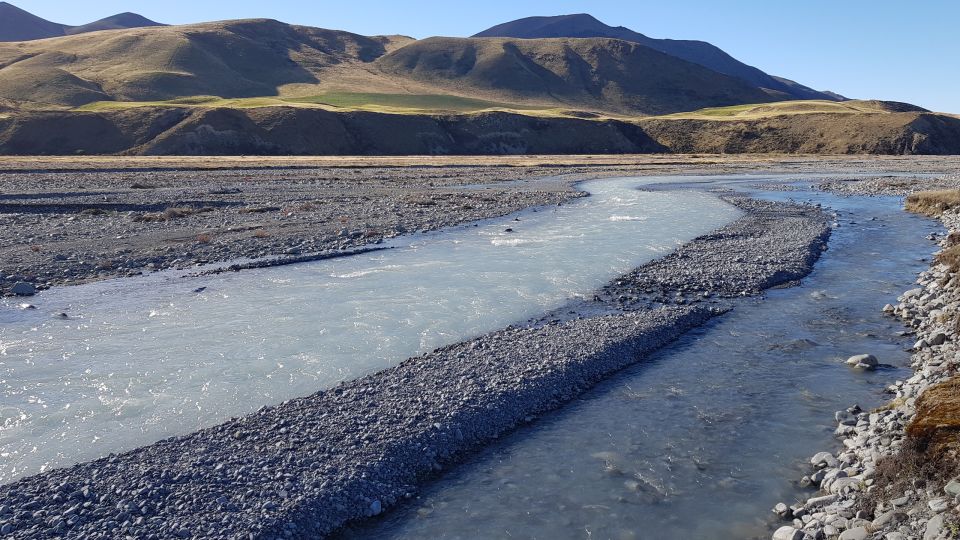
Some of the braids from the Hakatere (Ashburton) River. How are the braids formed? Image: LEARNZ.
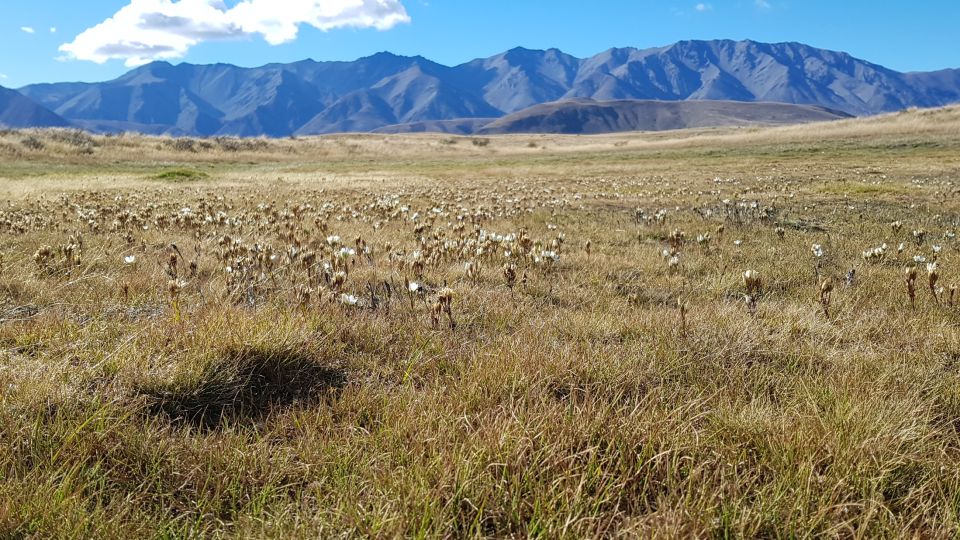
Gentians growing in an ephemeral tarn, also called a kettle hole. How might this wetland change over the course of a year? Image: LEARNZ.
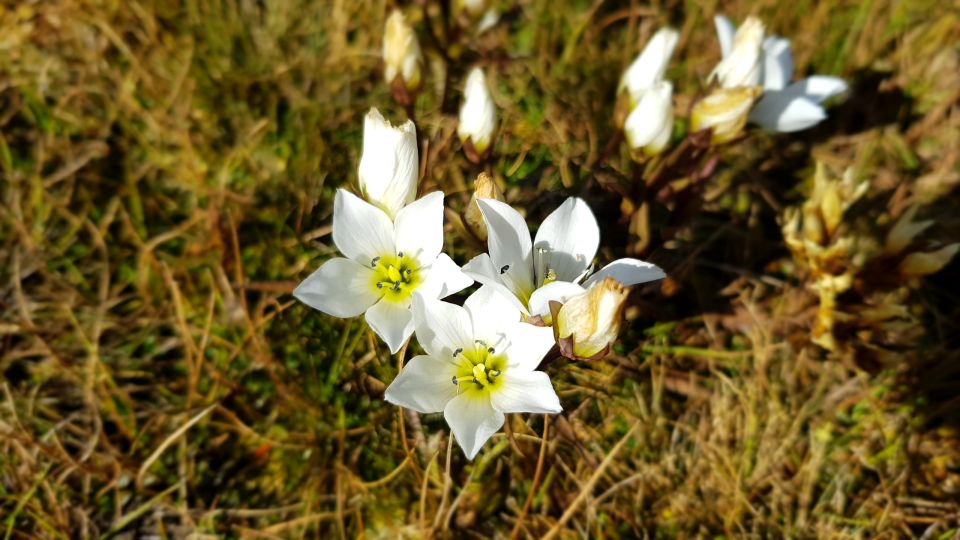
A closer look at some of the gentians. Can you see the pollinator? Image: LEARNZ.
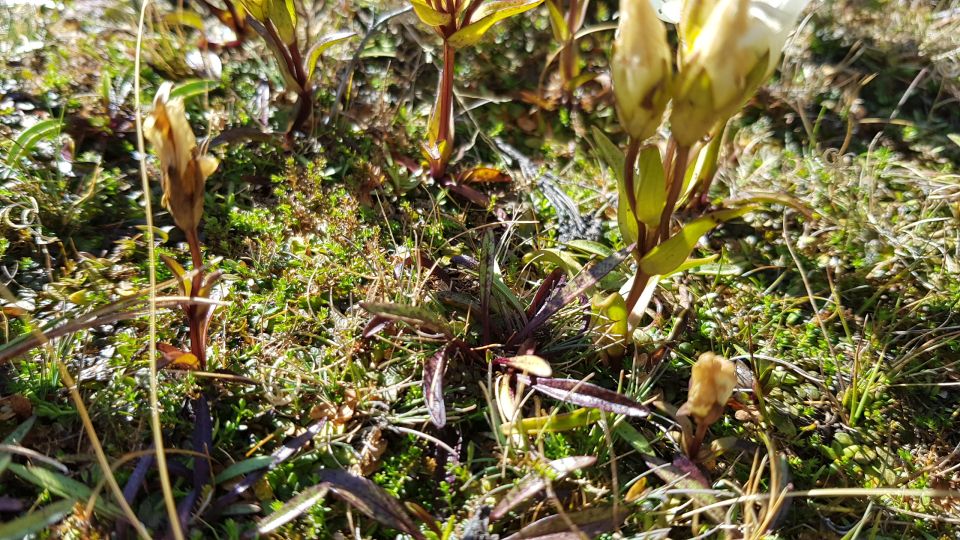
Beyond the "canopy" of the gentians lies a miniature forest undergrowth. Image: LEARNZ.
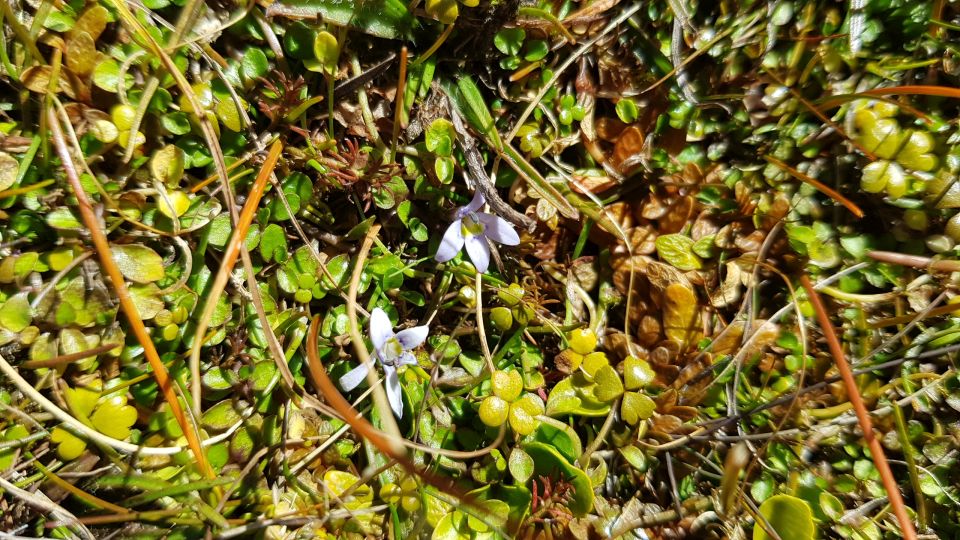
There is a wide variety of native plants to see within the turf communities if you look close enough. These little flowers you can see are a native violet. Image: LEARNZ.
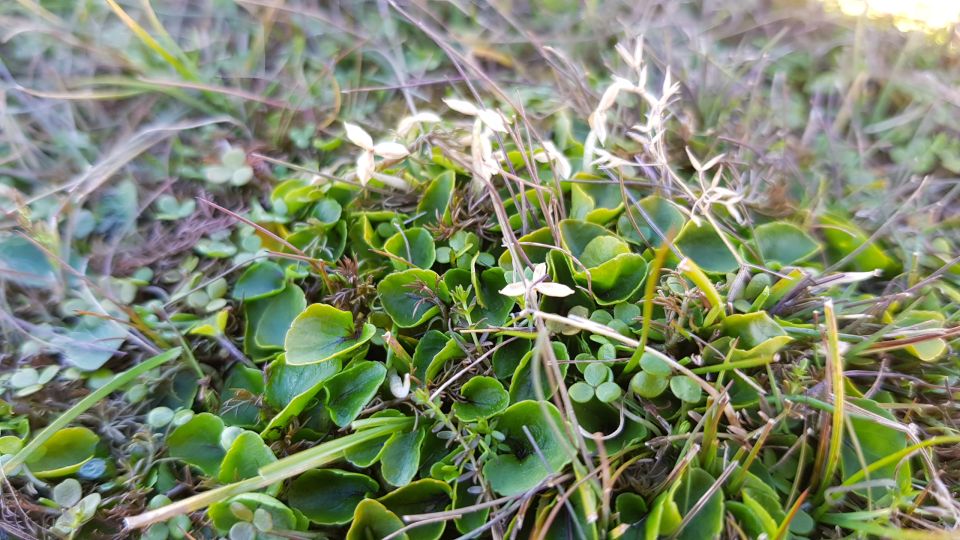
Another close-up look at plants within the turf community. How might these plants cope with the extreme weather changes they face over a year? Image: LEARNZ.
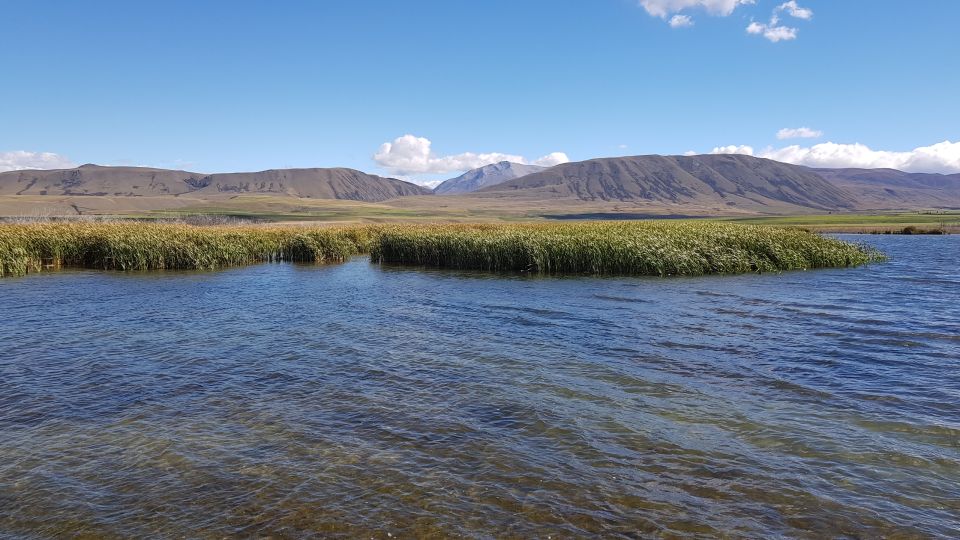
Looking across one of the Māori Lakes. What important functions do wetlands have? Image: LEARNZ.
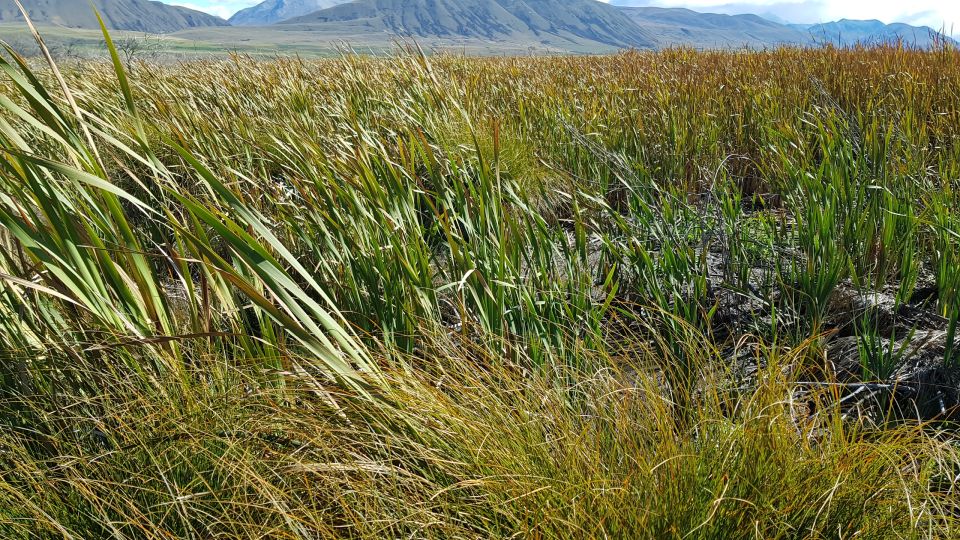
Raupō is a common wetland plant in New Zealand. How might Māori have used it in the past? Image: LEARNZ.
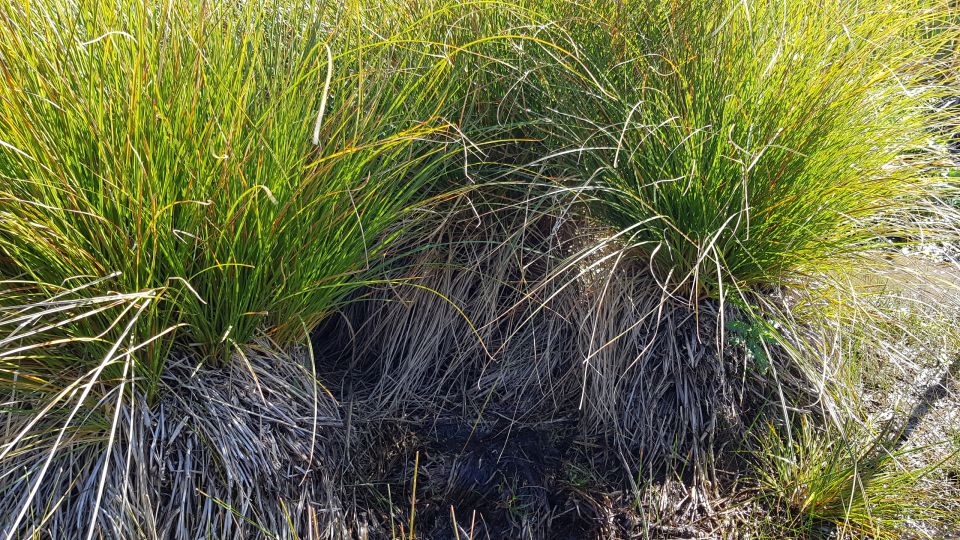
Carex secta/pūkio has many functions in a wetland. Can you think of one or two? Image: LEARNZ.
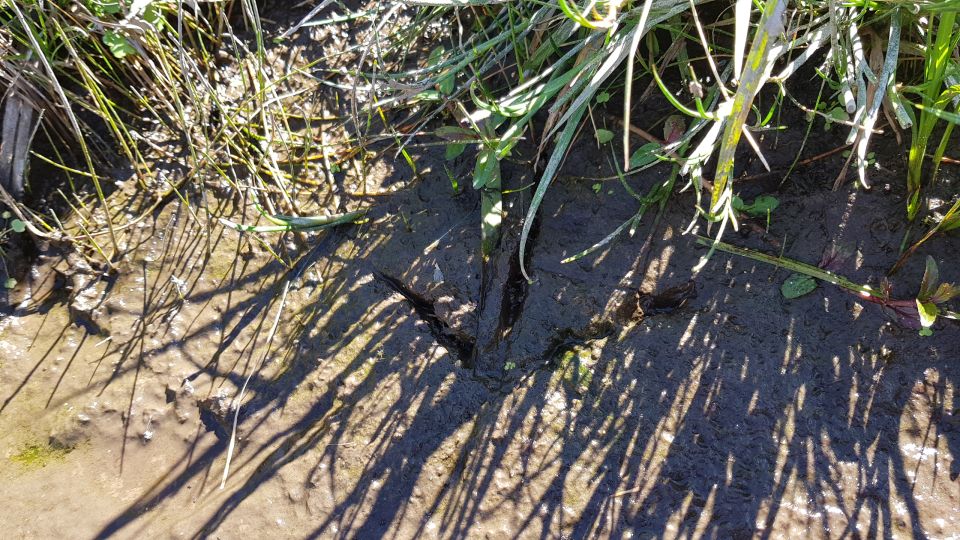
I wonder what animal has left these footprints in the wetland. Image: LEARNZ.